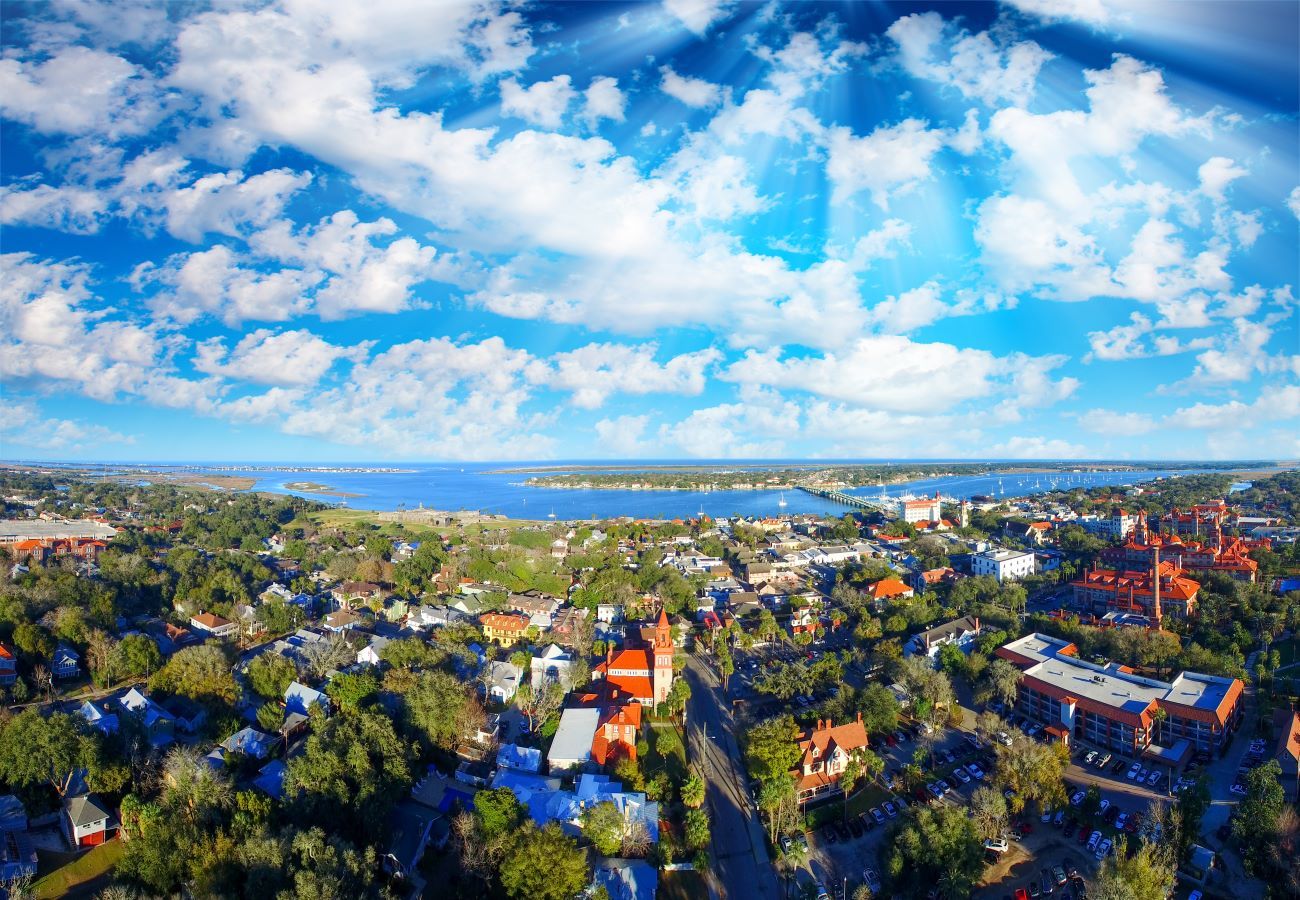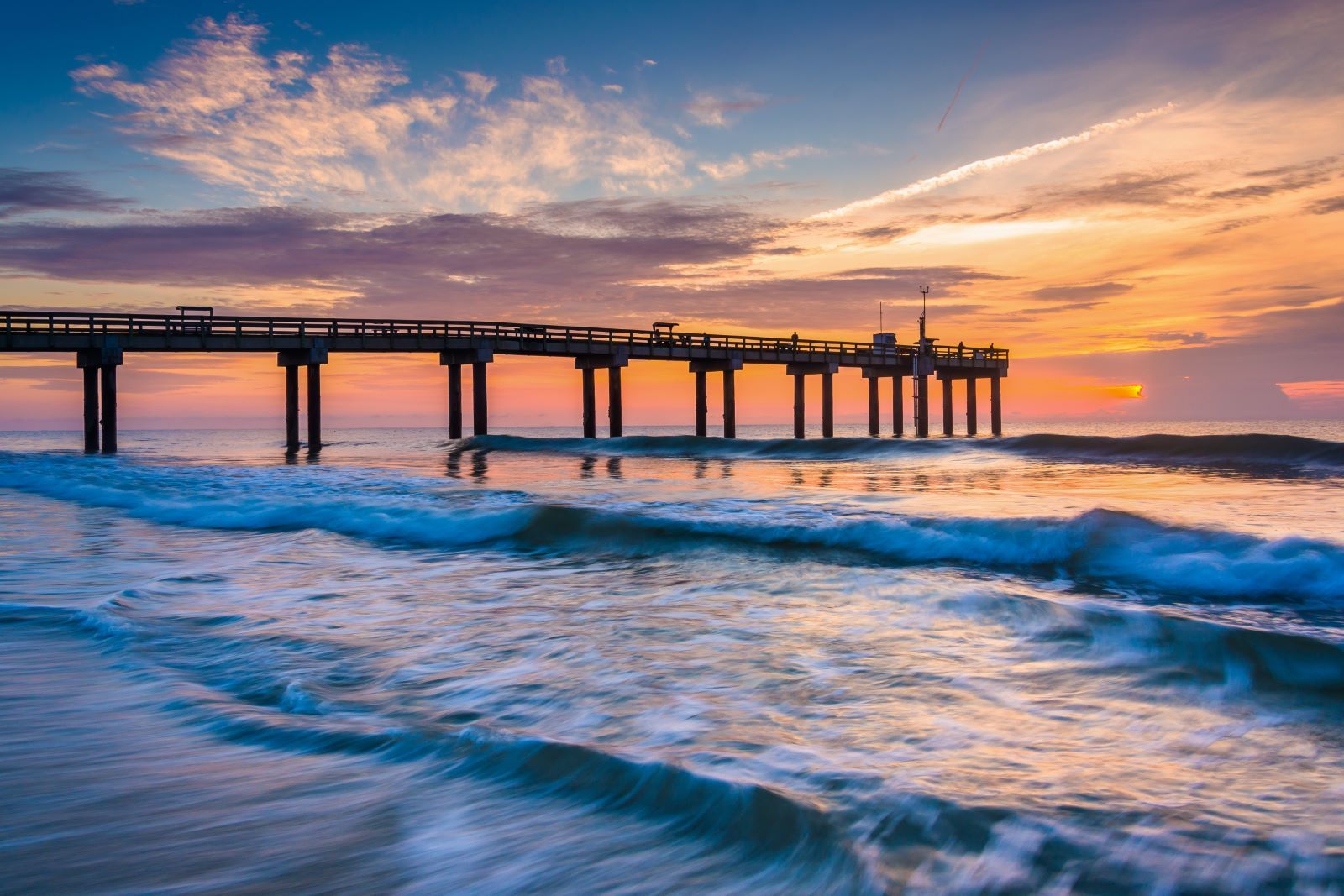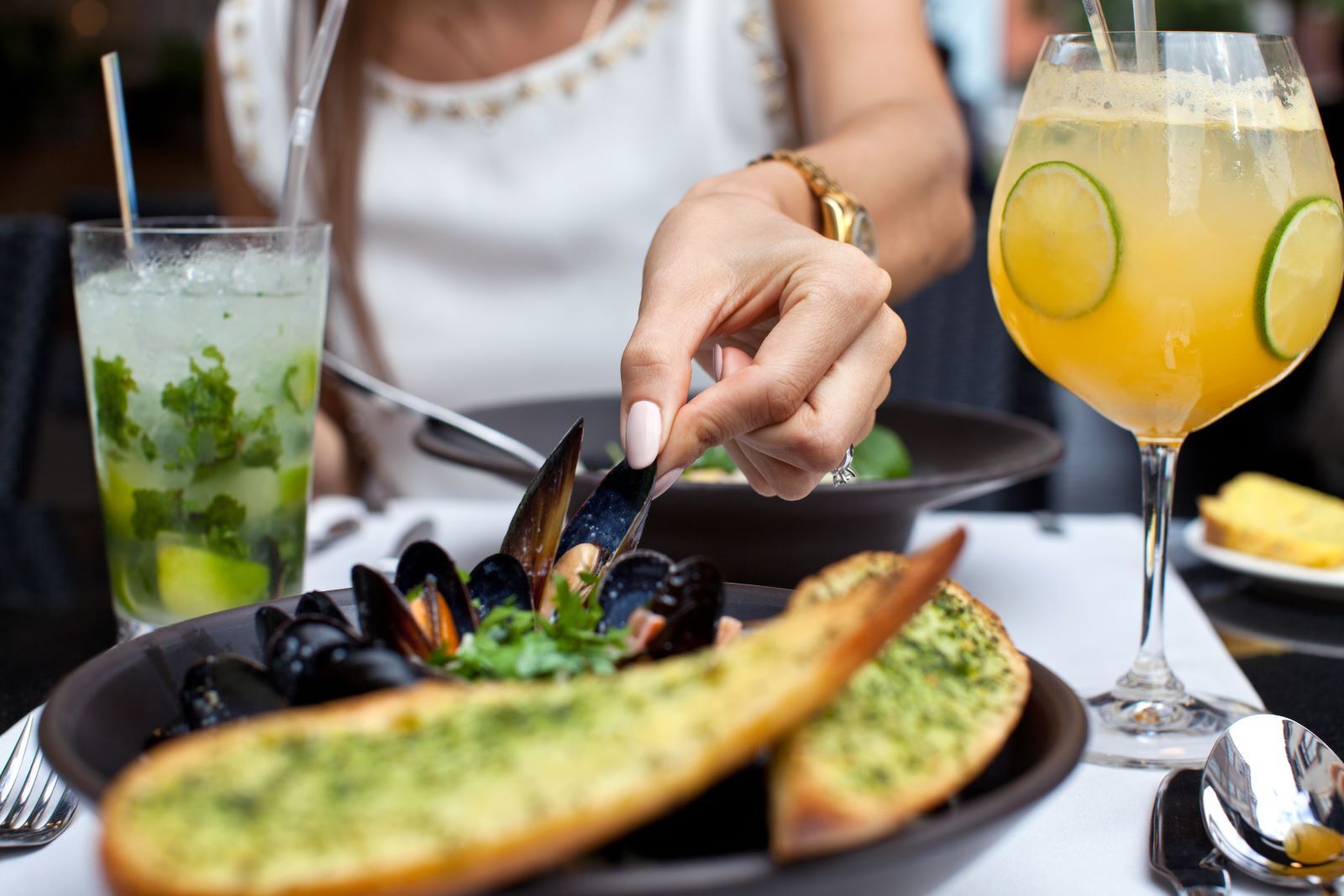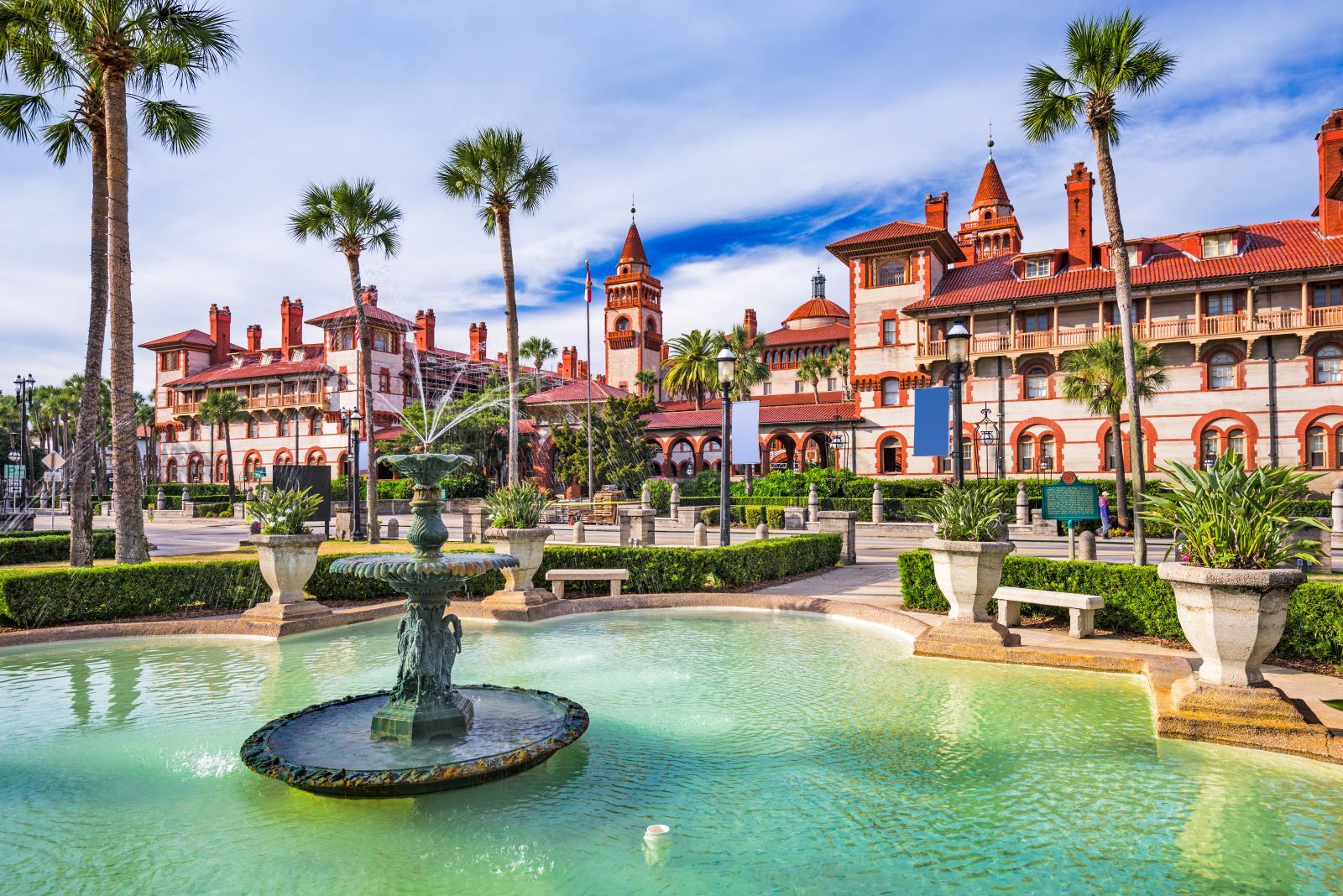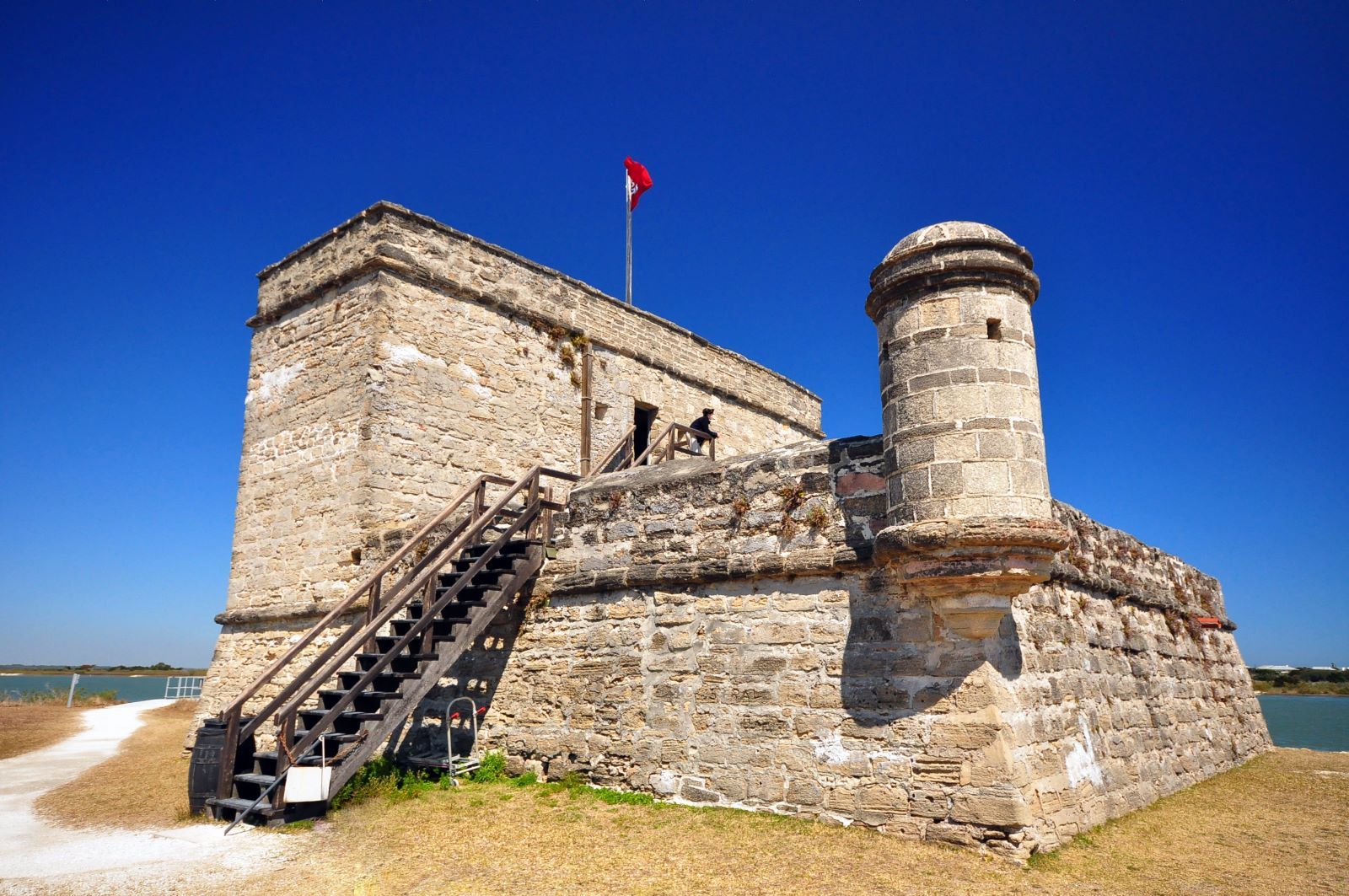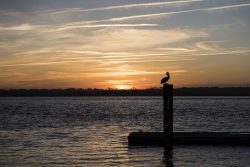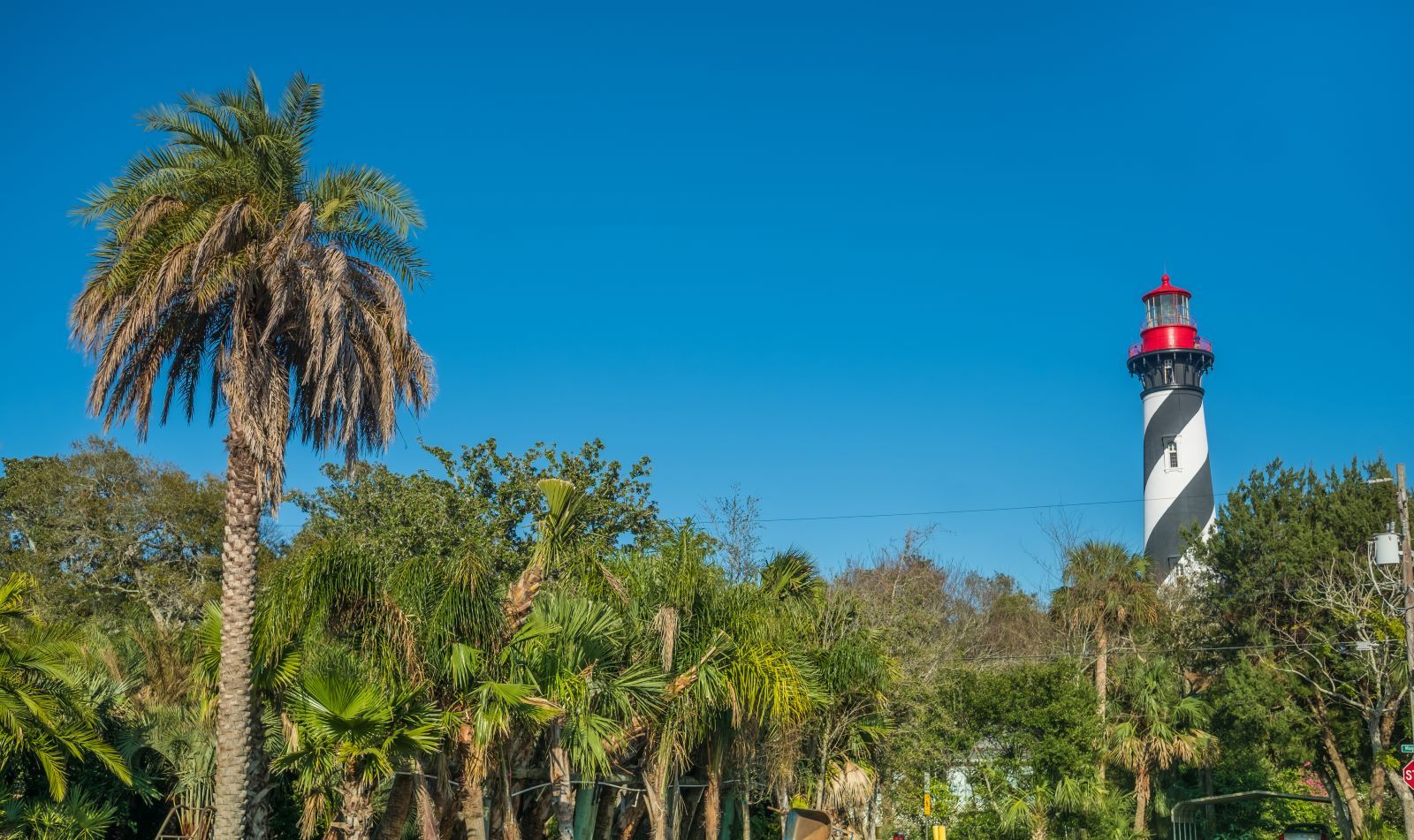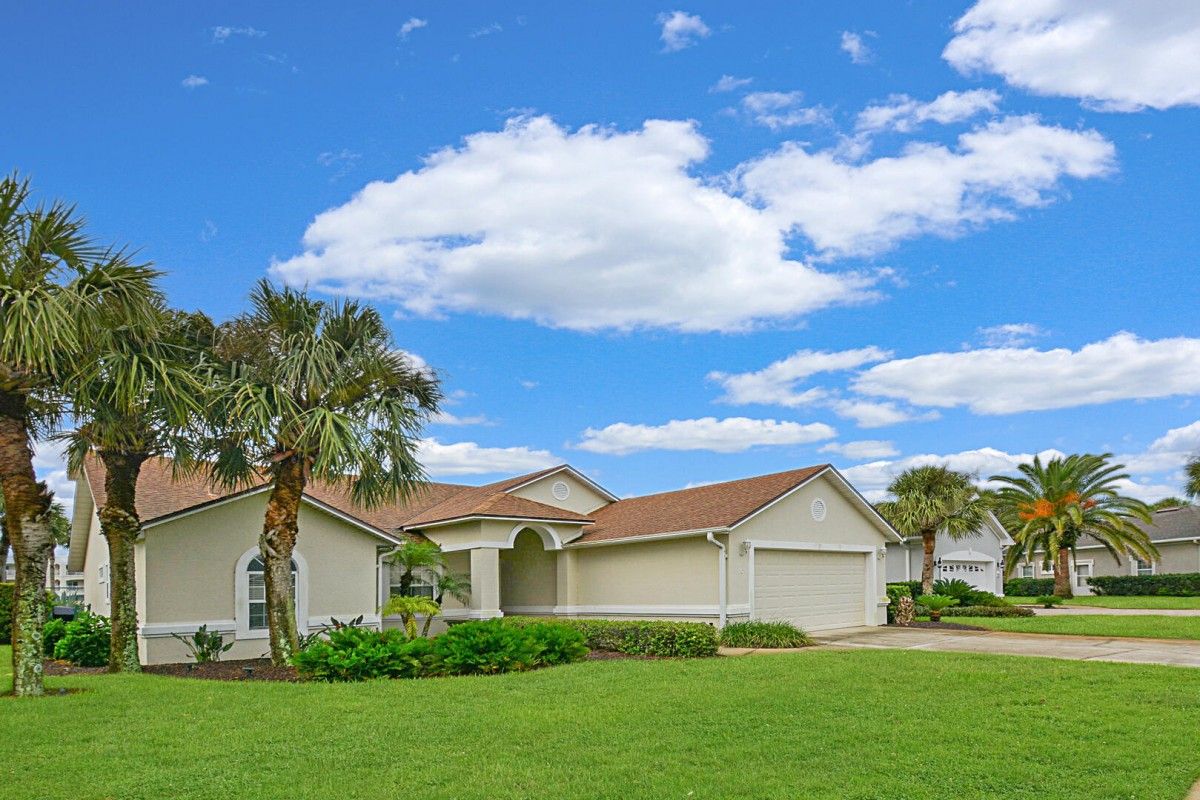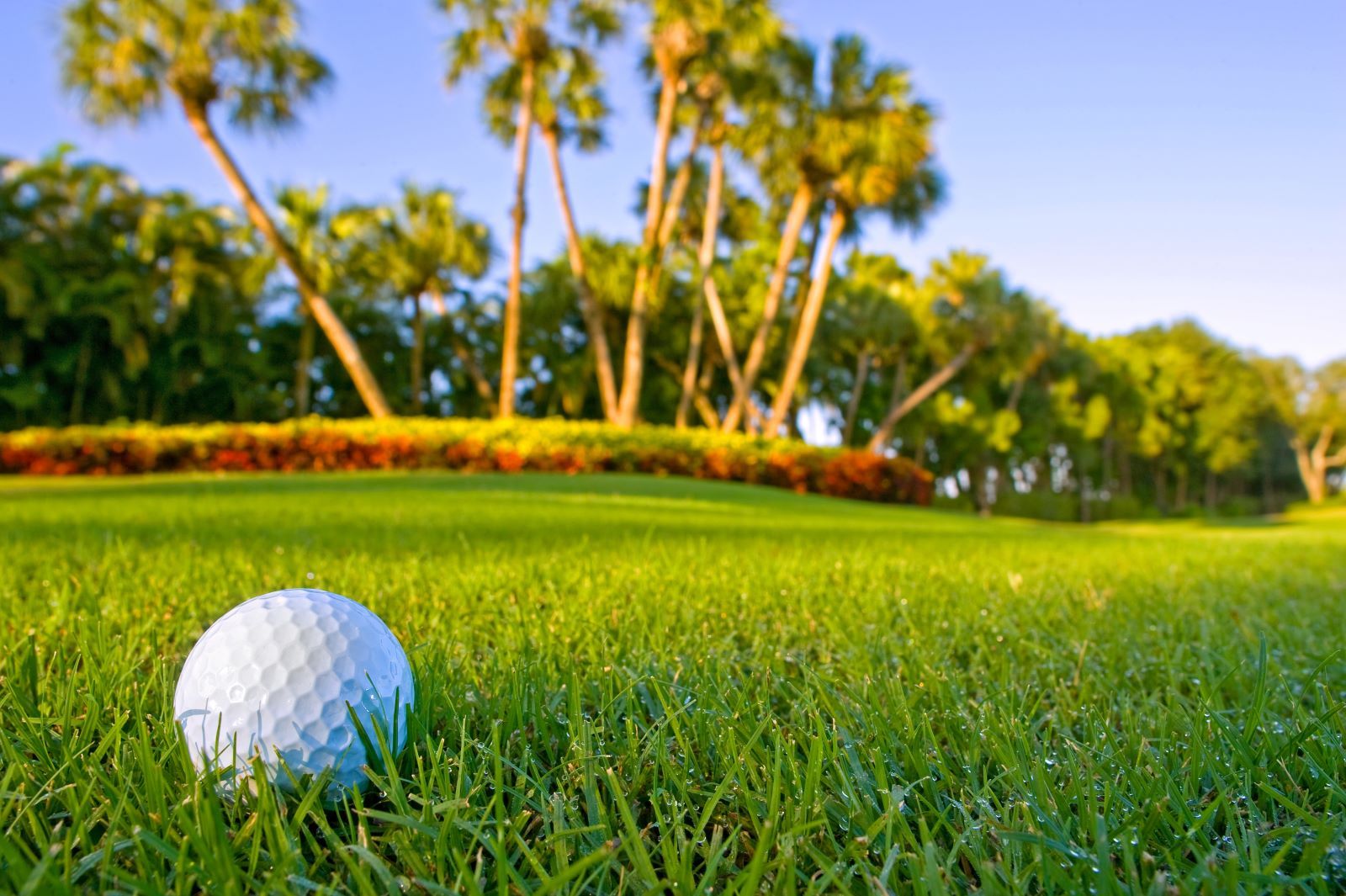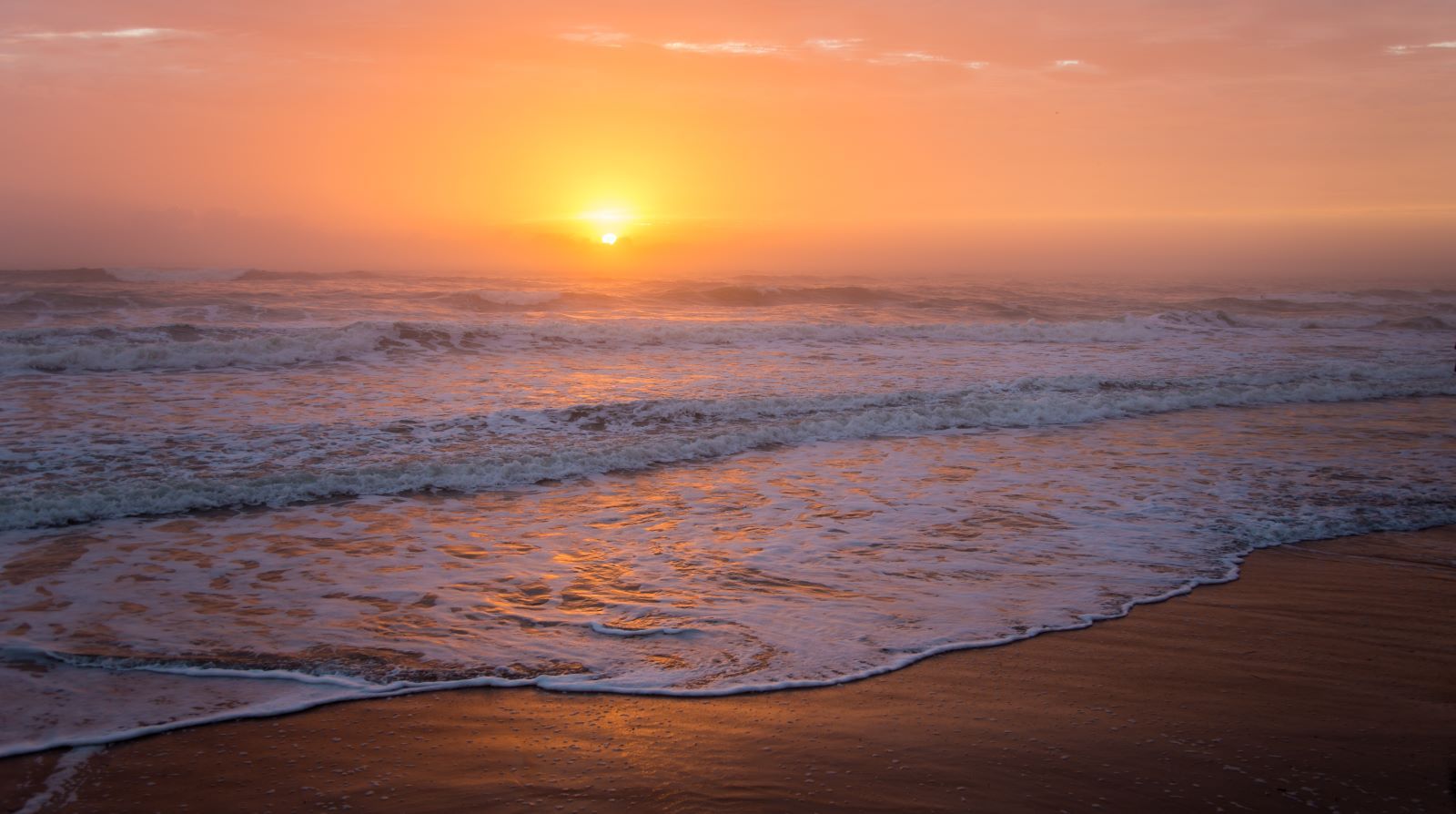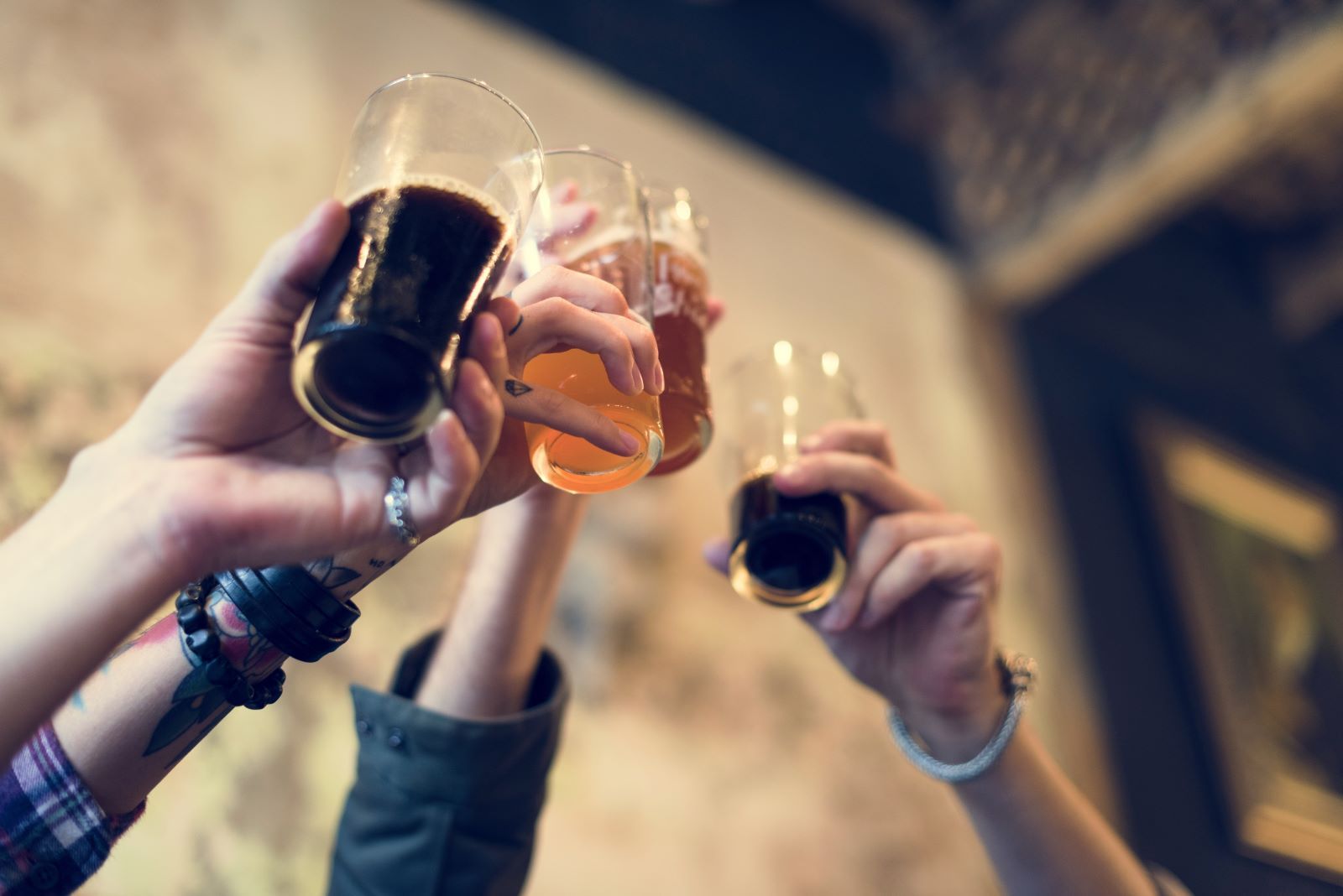For many travelers, the historic district of St. Augustine encompasses St. George Streets, many boutique shops and restaurants, the famous Castillo de San Marcos fort, the city gates entrance, and the country’s oldest wooden schoolhouse.
But for most St. Augustine locals, the city’s true historic district is just south of King Street, where acclaimed restaurants like the Blue Hen sit in dense historic residential blocks, and the homes have a raw and long history unto themselves. The Lincolnville historic district holds many treasures throughout St. Augustine’s many generations.
We take a look at this often-overlooked historic neighborhood of St. Augustine and how it played a foundational role in the greater Civil Rights movement of the era.
Lincolnville’s Historic Beginning
St. Augustine’s history could be drenched in pirates, Spanish colonization, and wartime ownership. But much of its history is wrapped up in Lincolnville and the last 100 years of its development.
Newly freed slaves informally established Lincolnville following the American Civil War. The name itself a nod of respect to Abraham Lincoln. But interestingly, the area was already populated, perhaps discreetly, by slaves- the neighborhood nicknamed “Little Africa.”
Following the Emancipation Proclamation, predominantly African-Americans leased local plantations and began building homes, many of which stand today. Many buildings in the neighborhood date back to the 1850s. Dance halls, restaurants, and more were commonplace moving into the 20th century.
This was not to say the African-Americans in the community did not deal with outrageous acts of racism. Perhaps it is this which created a boiling point in the 1960’s civil rights movement.
The Civil Rights
St. Augustine, particularly Lincolnville, was already politically engaged. In 1877, black political leader D.M. Pappy swept the local tickets, and the influence of Lincolnville in the whole of the city was not to be underestimated.
Midway into 1964, Dr. Martin Luther King Jr., and other civil rights activists, organized sit-ins and marches in the area to desegregate public facilities. It was one of the last major marches for King. Only months following this was the Civil Rights Act of 1964 officially ended segregation.
But it was no coincidence that King ended up in the city. Dating back to at least 1960, activists protested segregation with the Woolworth’s lunch counter sit-in, and Lincolnville churches and businesses were the sites of numerous bases for peaceful protest.
It was a hub for a revolution in the deep south. You can see its historical importance outlined in the many churches, school centers, museums, and historical sites, almost all made by black carpenters and builders from the civil rights era of the 1960s.

Historic District Tours
While you can, respectfully, explore the neighborhood on your own, we recommend hopping aboard one of the historical district tours of Lincolnville.
We suggest taking a guided tour via trolley. St. Augustine Trolley Tours can double as a great way to see the city and learn about its history, as well as a great way to avoid traffic and get around to the top attractions!
There are many sites to see on any tour, all offering a little insight into the city’s seismic role in the movement. For example, you can find D.M. Pappy’s House on Oneida street still standing and the St. Mary’s Missionary Baptist Church on Washington. Other highlights include the Yallaha Plantation House on Bridge Street, St. Paul’s AME Church on ML King Avenue, and the “whites only” lunch counter at 33 King St, home to the Woolworths sit-in in 1960.
St. Augustine is a major stop for the U.S. Civil Rights Trail. This encompasses hundreds of sites throughout the south. St. Augustine’s contributions to the trail include Fort Mose, the Lincoln Civil Rights Museum, and trail markers showing the path of civil rights activist Andrew Young.
The Cultural Center
Lincolnville Museum and Cultural Center covers hundreds of years of neighborhood history.
Learn about early colonization, which helped shape St. Augustine’s unique makeup, including conquest from West Africa to Europe. Learn about the city’s compelling architectural history and discover why it began such a significant focal point in the civil rights movement.
The center is housed in a former color school called the Excelsior, active from 1902 to 1928. Museum developers largely focus on African American history by including programs and lectures, art, rotating exhibits, and live performances. This makes it somewhat unique from other historical attractions in the city, like Café Alcazar and the numerous city forts.
The cultural center is open Tuesday through Saturday from 10:30 a.m. to 4:30 p.m. it is located at 102 ML King Ave. Be sure to review the website for up-to-date event information. Admission is $10 for adults and $5 for youth under 17.
Where To Eat in Lincolnville
Lincolnville may have a lot of history, but what about the food- and what about the food today? You won’t be left struggling to find a sandwich, or even a full fine three-course meal, in Lincolnville. While primarily a residential community, you can still find some excellent places to eat right in the neighborhood. We cover just two of our favorite spots.
Blue Hen
Blue Hen is perhaps the city’s finest breakfast spot. It rests right in the heart of Lincolnville at 117 ML King Ave. You will find some top-tier southern-style favorites, like the breakfast burrito, southern omelet with collards, sausage, swiss, and home fries, and the Zada Jane’s Stack, home fries, sausage frittata, cheddar, and scallions stacked with a biscuit.
The Blue Hen is breakfast elevated. There’s also a lunch menu featuring Jerk Chicken Cobb, Datil BBQ Pulled Pork, Pastrami, and The Trucker, with turkey, bacon, cheddar cheese, barbeque sauce, and the fixings.
It is open from 8 a.m. to 2 p.m. Wednesday to Sunday. We recommend showing up early as the Blue Hen currently does not offer to-the-minute reservations, and lines are common. Call the restaurant for more information.
Preserved Restaurant
Preserved Restaurant is quintessential fine dining, offering quality southern cuisine in a sweeping Victorian-styled home. Preserved is only open from 4 p.m. to 9 p.m., and reservations are required. It is also open from 10 a.m. to 2 p.m. for Sunday brunch. You’ll find it tucked away at 102 Bridge St amidst the gorgeous Spanish moss.
Lincolnville has even gained additional restaurants in the past two years. Elevate Food truck recently opened up in a shipping yard off Riberia St. Check it out if you seek delightful vegan and vegetarian options. There’s also Crave, just off King St, which used to be on the site of Elevate. It has burritos, bowls, and wraps of all kinds.
Plan Your Next Trip
St. Augustine’s history is fascinating, and we barely covered it all here. While reading about it is wonderful, seeing it is even better. Accessible St. Augustine accommodations near downtown provide you the perfect home base for visiting these many enthralling historical sites. Weave and dive through centuries of history. As a Spanish battleground where pirates often entered the fray to a critical area for Civil Rights, the ancient city is filled with fascinating sights to see.
How To Get There from St. Augustine
Where exactly is Lincolnville? Since it may not pop up on main tourist spot sights, you may miss the neighborhood entirely. But you will be doing yourself a disservice if you do.
Lincolnville covers about 35 blocks between Cedar, Riberia, Cerro, and Washington streets Granada St on the east side. More generally, Lincolnville is snug between Avenida Menendez, which runs along the Matanzas River on the east side, and US-1 on the west. If you take King St off US-1, you will find Lincolnville on your right. The first entrance to the neighborhood is at Riberia St. If you enter King St. from downtown or from the Bridge of Lions, you will find that Lincolnville will begin to appear on your left, right around the Lightner Museum.
If you are walking, find Flagler College. It is a grand and unmissable building. Lincolnville is across the street, and it holds many secrets. If you search in the neighborhood, you’ll find many of the spots we covered above, as well as the Corazon Cinema, Dog Rose Brewing Company, the Upham Winter Cottage and gardens, and many many more.

